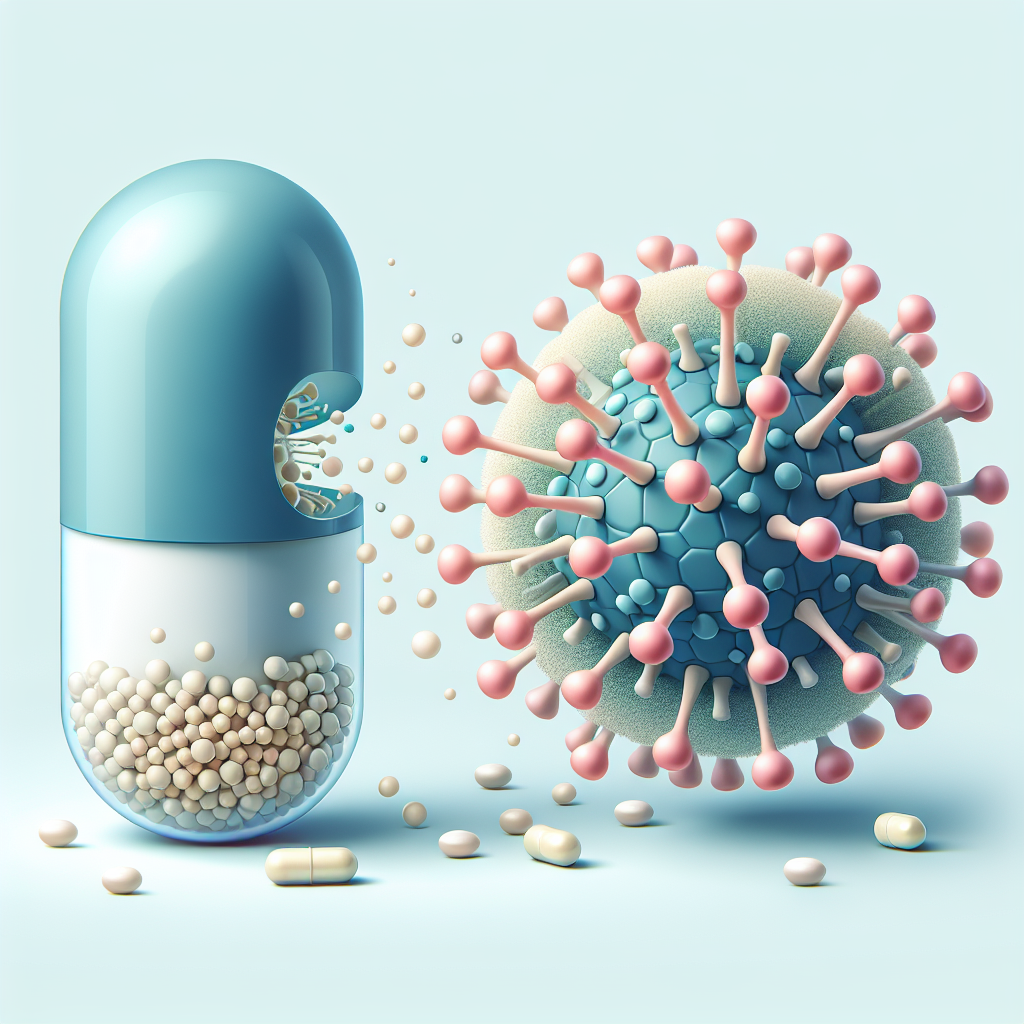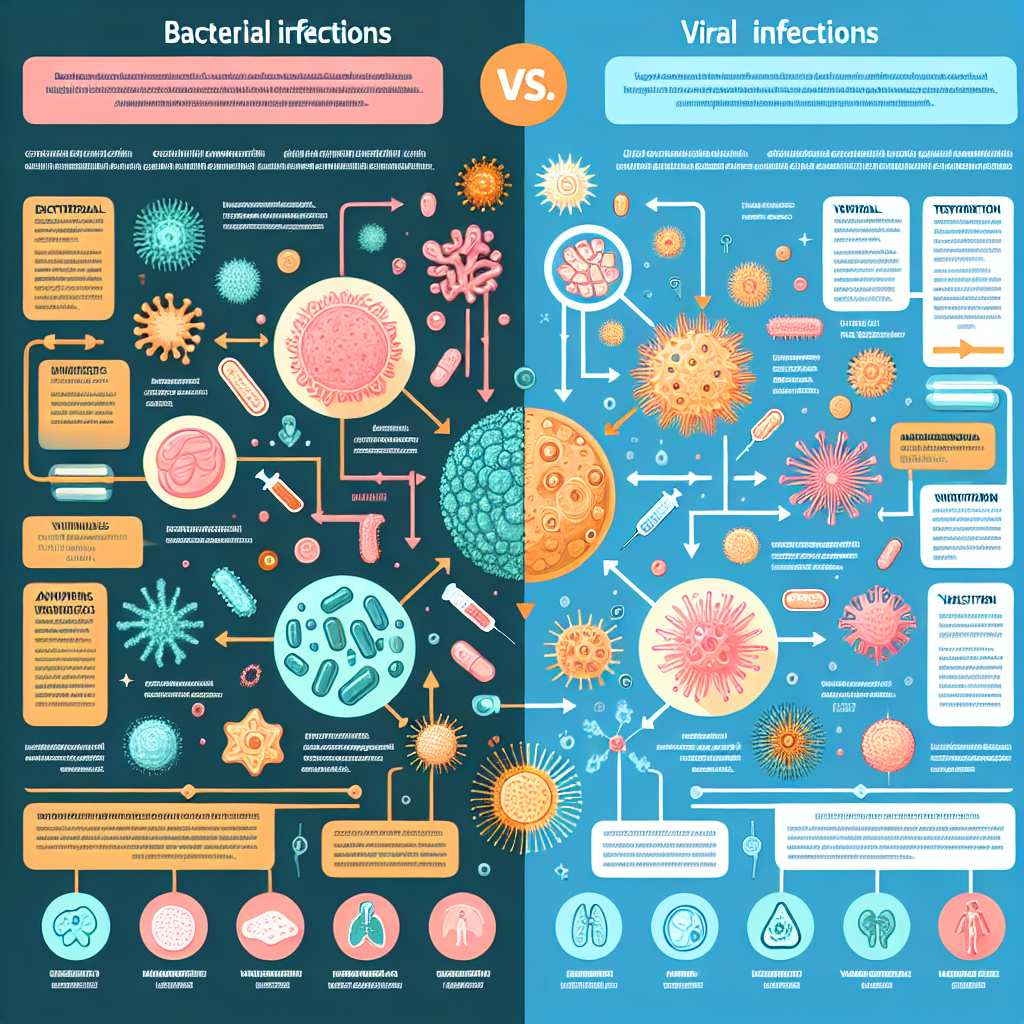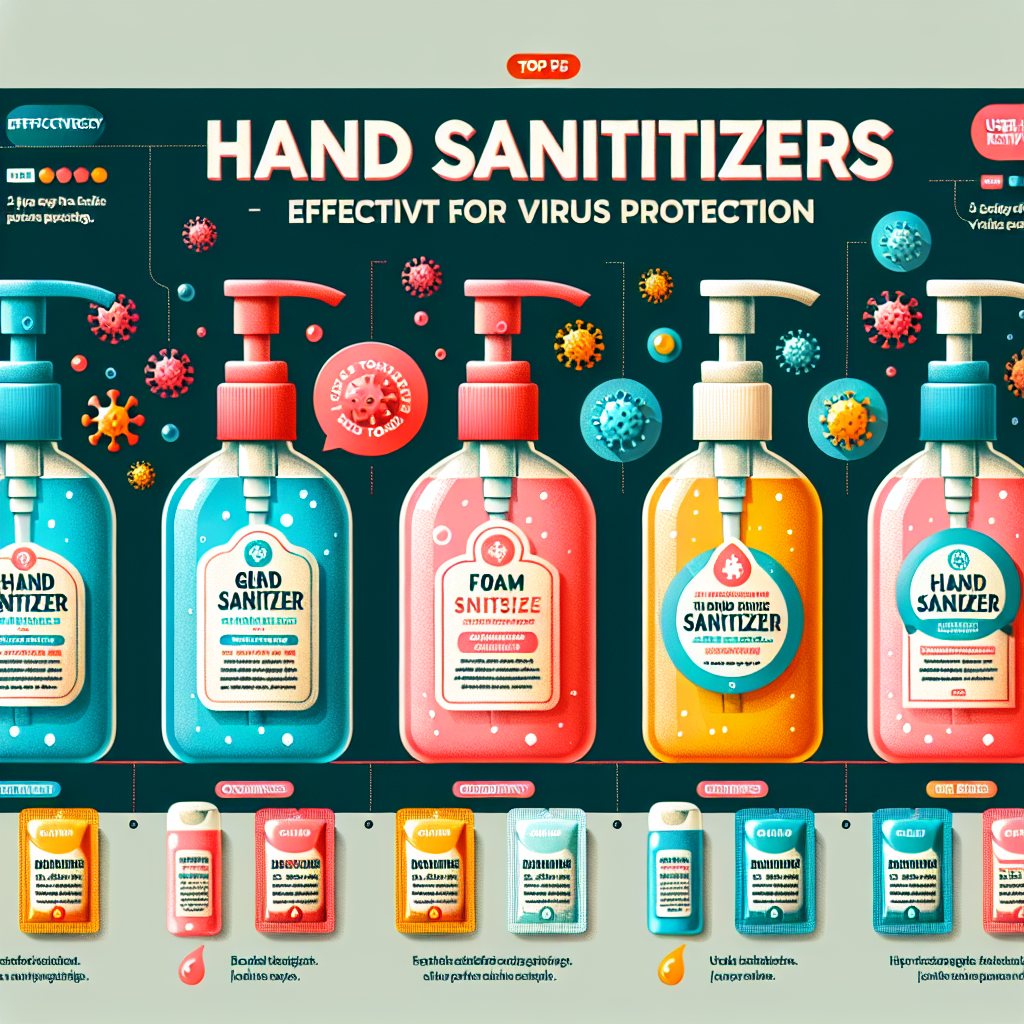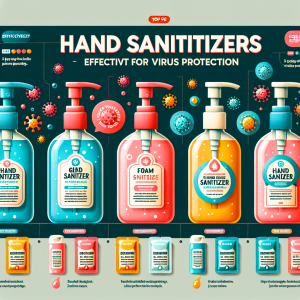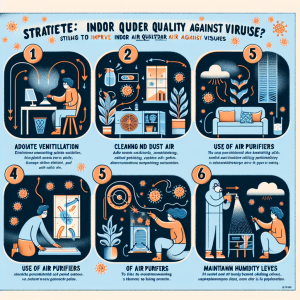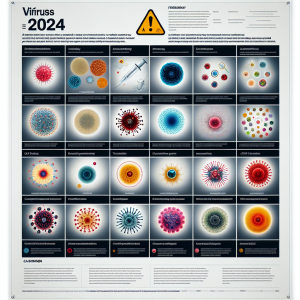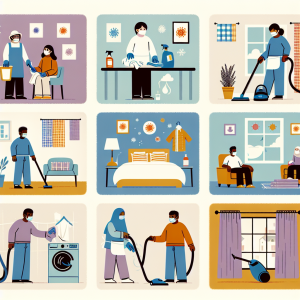Best practices for preventing COVID-19 spread
As the world continues to navigate the challenges posed by COVID-19, understanding the modes of transmission, implementing rigorous hygiene standards, promoting vaccinations, and adopting effective social distancing strategies become fundamental in curbing the spread of the virus. With variants emerging and public health measures evolving, it is crucial for individuals and communities alike to remain informed and prepared. This article discusses the best practices for preventing COVID-19 spread across various aspects of daily life.
Understanding COVID-19 Transmission Modes and Risks
COVID-19 primarily spreads through respiratory droplets produced when an infected person coughs, sneezes, or talks. These droplets can be inhaled by individuals nearby or land on surfaces that others may touch. Understanding that transmission can also occur through aerosol particles, which can linger in the air for extended periods and travel further distances, underscores the importance of proper ventilation in enclosed spaces. The risk of transmission increases in crowded or poorly ventilated environments, making awareness of these factors essential for effective prevention.
Different activities carry varying levels of risk for COVID-19 transmission. For instance, indoor gatherings, especially those without masks or physical distancing, pose a higher risk compared to outdoor gatherings where ventilation is typically better. Certain high-contact activities, including eating indoors at restaurants or attending large events, should be approached with caution. The Centers for Disease Control and Prevention (CDC) provides detailed guidance on assessing risk levels associated with various activities, helping individuals make informed decisions about their social interactions.
It is also vital to recognize population-specific risks. Older adults and individuals with underlying health conditions are at a higher risk for severe illness from COVID-19. Understanding that different groups may experience varying levels of vulnerability can inform personal choices and community health initiatives. Tailoring prevention strategies to protect those most at risk is essential in a comprehensive public health approach. For more information on COVID-19 transmission and risk factors, check out CDC Guidelines.
Essential Hygiene Measures to Mitigate Virus Spread
Maintaining proper hygiene is one of the most effective ways to prevent the spread of COVID-19. Regular handwashing with soap and water for at least 20 seconds is critical, especially after being in public places, using the restroom, or before eating. If soap and water are not available, using hand sanitizer with at least 60% alcohol can be an effective alternative. Encouraging others to practice these habits, particularly in communal settings, can significantly reduce the likelihood of virus transmission.
Surface cleaning and disinfection also play a vital role in preventing COVID-19 spread. High-touch surfaces, such as doorknobs, light switches, and mobile devices, should be regularly cleaned using EPA-approved disinfectants. Individuals should be vigilant about sanitizing shared objects and surfaces, particularly in environments like offices, schools, and public transportation. Establishing a routine for cleaning and disinfecting these areas can contribute to overall community health.
Moreover, respiratory hygiene is equally important. Wearing a mask in settings where social distancing is challenging or in high-transmission areas can reduce the emission and inhalation of respiratory droplets. Masks, particularly those that fit snugly against the sides of the face without gaps, have proven effective in minimizing transmission. Public health campaigns can further encourage mask-wearing and other hygiene practices, fostering a culture of health and safety within communities. For more detailed guidelines on hygiene practices, visit WHO Hygiene Recommendations.
Importance of Vaccination in Community Protection
Vaccination is one of the most effective tools in combating COVID-19 and reducing the spread of the virus. Vaccines help the body develop an immune response, significantly lowering the chances of severe illness, hospitalization, or death associated with COVID-19. High vaccination rates within a community can lead to herd immunity, which protects those who are unable to be vaccinated due to medical reasons. As more people get vaccinated, the overall transmission of the virus decreases, leading to safer environments for everyone.
Public health authorities recommend staying up-to-date with vaccinations, including booster shots as they become available. Vaccination not only protects the individual but also contributes to the broader public health goal of controlling the pandemic. Encouraging family, friends, and colleagues to get vaccinated and addressing common concerns or misconceptions can help improve vaccination uptake in communities. Additionally, workplaces and schools can play a significant role in facilitating access to vaccines and providing educational resources.
Monitoring vaccination progress and addressing disparities in access is crucial for community protection. Some communities are at higher risk due to barriers related to healthcare access, socioeconomic factors, and misinformation. Targeted outreach efforts can help ensure equitable vaccination distribution and increase community resilience against COVID-19. For further details on vaccination efforts, refer to Vaccines.gov, a helpful resource for finding vaccines in your area.
Effective Social Distancing Strategies for Safety
Social distancing is a practical measure that reduces the risk of COVID-19 transmission. Keeping a physical distance of at least six feet from others, especially in crowded or enclosed environments, is crucial. Businesses and organizations can implement policies that promote social distancing, such as limiting the number of patrons in a space or rearranging seating to maintain appropriate distance. Signage and visual cues can also serve as reminders for individuals to maintain safe distances.
Public transportation poses unique challenges for social distancing. When possible, consider alternatives such as biking, walking, or using personal vehicles to reduce exposure. If using public transit is necessary, wearing a mask, avoiding peak travel times, and maintaining distance from others can help mitigate risks. Employers can also encourage flexible work arrangements, including remote work options, to minimize the need for commuting and in-person interactions.
In addition to physical distancing, fostering a culture of respect and empathy for others’ personal space is essential. Encouraging individuals to communicate their comfort levels regarding interactions can help create a supportive environment. Recognizing that everyone may have different levels of risk tolerance and comfort can promote cooperation and adherence to social distancing measures. For more strategies on promoting safety in social settings, explore resources from CDC Social Distancing Guidance.
The fight against COVID-19 requires a collective effort, and adhering to best practices for preventing its spread is vital for individual and community health. By understanding transmission modes, implementing hygiene measures, promoting vaccination, and adopting effective social distancing strategies, we can contribute to a safer environment for everyone. Continuous education and active participation in public health initiatives will be fundamental in overcoming this pandemic and ensuring the well-being of our communities. Together, we can pave the way towards a healthier future.
Top hand sanitizers for virus protectionSeasonal flu vaccine effectivenessLatest research on virus transmissionRelevant LinkRelevant LinkRelevant Link
